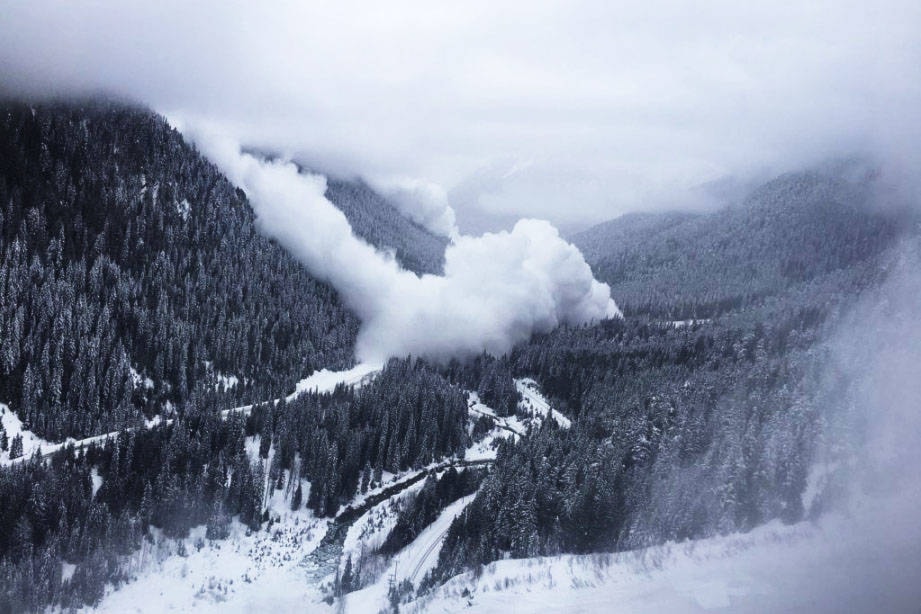It has been a busy season for avalanche control on our highways.
A few weeks ago, the Trans-Canada Highway was closed between Revelstoke and the B.C./ Alberta border due to high avalanche danger and the resulting control that was performed by crews.
RELATED: VIDEO: Avalanche triggered near Lanark Snowshed
In a Feb. 21 blog post, the Ministry of Transportation and Infrastructure outlined three types of remote avalanche control currently being used in B.C, two of which are used close to Revelstoke.
The North American Avalanche Guard System has three towers on Hwy. 1 near the border of Glacier National Park.
The towers hold explosive charges that are activated when needed.
“The tower acts like a mortar, propelling an explosive charge from one of the tubes into the avalanche start zone,” the post says.
You can watch a video of those towers in action here.
In the Three Valley Gap area, the Ministry of Transportation and Infrastructure has nine towers, called Wyssen Avalanche Towers.
Each of those towers holds 12 explosive charges, which can be individually deployed, the post says.
“The charge is dropped by a retaining line, and hangs from the cord at a pre-set height above the snow cover. After a time delay, the charge explodes,” it says. “To reload, a helicopter lifts the deployment box and transports it to the crew on the ground.”
The third type of remote avalanche control that is the Gazex Avalanche Exploders.
There are 24 of them along Hwy. 3 at Kootenay Pass and another three along Hwy. 99 north of Pemberton.
“The Gazex exploder is installed in an avalanche start zone, and uses an explosive mixture of propane and oxygen inside a metal tube to trigger the avalanche,” the blog says.
The most popular way of triggering avalanches is called helibombing – dropping explosives from a helicopter to trigger a slide.
@marissatiel
marissa.tiel@revelstokereview.com
Like us on Facebook and follow us on Twitter.
